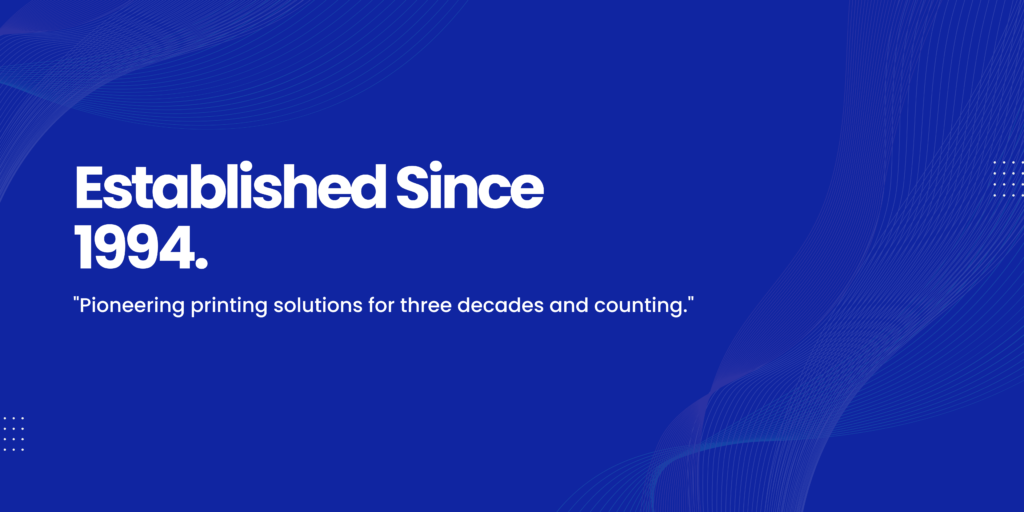Over the last 100 years, the printing press has undergone significant technological advancements, evolving from traditional letterpress methods to sophisticated digital printing technologies. Here’s a brief overview of the key milestones in the evolution of the printing press during this period:
1. Letterpress Printing (Early 20th Century):Letterpress printing dominated the early 20th century. It involved arranging metal or wooden type on a press, applying ink, and pressing the type onto paper. This method was widely used for newspapers, books, and various printed materials.
2. Offset Printing (1904): The offset printing process was patented in 1904 by Ira Washington Rubel. It involved transferring ink from a plate to a rubber blanket before applying it to the printing surface. Offset printing provided a more efficient and cost-effective way to produce large quantities of printed material.
3. Lithography (1930s): Lithography, a printing method based on the immiscibility of oil and water, gained prominence in the 1930s. It allowed for high-quality reproduction of images and became widely used in commercial printing.
4. Introducing Phototypesetting (1950s-1960s): The 1950s and 1960s saw the advent of phototypesetting, replacing traditional metal type. This technology used photographs or electronic methods to generate characters, improving the speed and flexibility of the printing process.
5. Digital Printing (1980s-Present): The digital printing revolution began in the 1980s with the development of laser and inkjet printers. Digital printing allows for direct printing from digital files, eliminating the need for traditional printing plates. This method offers quick turnaround times, variable data printing, and cost-effective short runs.
6. Advancements in Inkjet Technology (1990s-Present): The 1990s and beyond witnessed rapid advancements in inkjet printing technology. High-speed and high-resolution inkjet printers became popular, enabling the production of high-quality prints for various applications.
7. 3D Printing (2000s-Present): In recent years, 3D printing has emerged as a revolutionary technology. While not traditional printing in the conventional sense, 3D printing allows the creation of three-dimensional objects layer by layer. It has found applications in manufacturing, prototyping, and even in the production of customized products.
8. Digital Offset Printing (Modern Era):Today, digital offset printing combines the efficiency of offset printing with the flexibility of digital technology. It offers high-quality prints, variable data printing, and cost-effectiveness for both short and long print runs.
The evolution of the printing press over the last century reflects a constant drive for efficiency, quality, and adaptability to changing technological landscapes. From traditional letterpress to cutting-edge digital printing and 3D printing, the industry continues to push the boundaries of what is possible in the world of printing.

